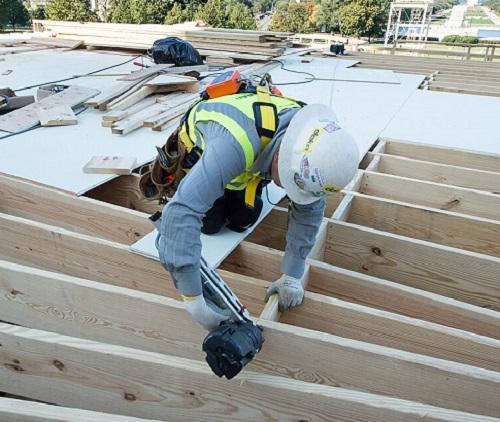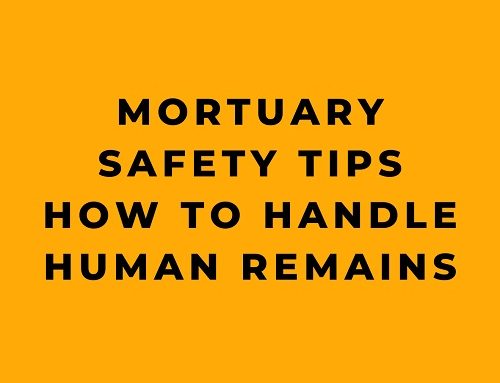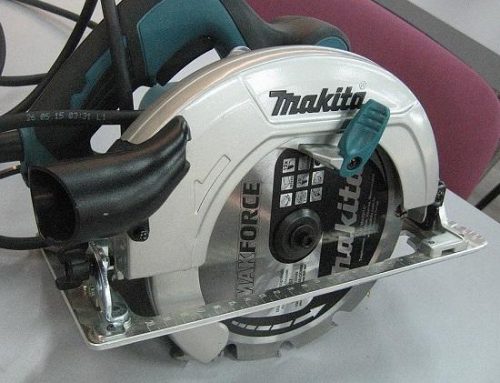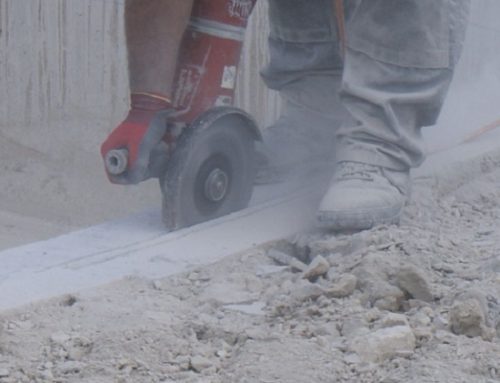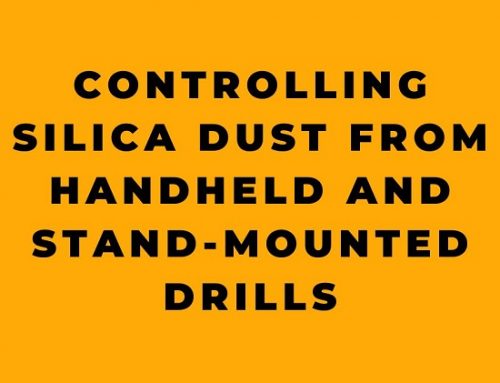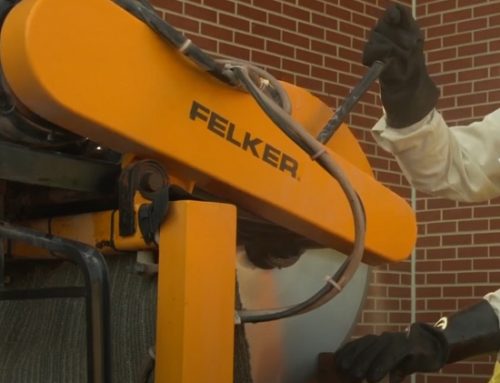Introduction
Powerful yet easy to operate, nail guns are extremely productive tools that have become ubiquitous at construction sites. However, they also pose serious dangers, causing tens of thousands of often unreported injuries each year. This guide provides key knowledge and advice to safeguard construction crews.
The Rising Toll of Nail Gun Injuries
The scale of nail gun safety issues is immense:
- Over 37,000 annual emergency room visits involving nail guns
- 2 out of 5 residential carpentry apprentices experience injuries during 4-year training
- 1 out of 5 apprentices injured multiple times
Common Injury Sites and Severity
- Over 50% of injuries involve hands and fingers
- 25% include lasting harm to tendons, nerves, joints, or bones
- Less frequent but vulnerable: legs, feet, knees, head, neck, and eyes
- Severe cases can lead to blindness, paralysis, traumatic brain injuries, and even death
Triggers Make a Crucial Difference
Understanding different trigger mechanisms is key to preventing nail gun harm:
- Sequential triggers: Safest option, requires specific activation sequence
- Contact triggers: Higher risk, allows firing with less specific activation
- Single actuation triggers: Intermediate risk level
Why Injuries Happen and How to Stop Them
Seven high-risk factors for nail gun injuries:
- Unintended Double Fires
- Unintended Firing While Carrying
- Nail Penetration Through Work Material
- Ricochets Off Hard Surfaces
- Poor Aiming Near Workpiece Edges
- Difficulty Managing Awkward Shooting Positions
- Safety Mechanism Alterations
Six Key Steps to Prevent Nail Gun Injuries
1. Use Sequential Trigger Nail Guns
Full sequential triggers minimize unintended discharges without significant productivity loss.
2. Provide Thorough Training
Training should cover:
- Trigger differences and injury risks
- Tool manuals and labels review
- Hands-on operation techniques
- Ricochet environment identification
- Safe handling in awkward positions
- Manufacturer guidance compliance
- Proper jam clearing and maintenance
- Company policies on use and reporting
3. Establish Clear Nail Gun Procedures
Formal standard operating procedures promote conscientious habits and risk awareness.
4. Provide Protective Equipment
Essential protective gear includes:
- Safety glasses
- Hard hats
- Steel toe boots
- Ear plugs
5. Encourage Reporting Close Calls and Minor Injuries
Confidential reporting of all incidents helps inform prevention efforts.
6. Mandate Medical Evaluation of All Nail Gun Injuries
Even seemingly minor wounds warrant clinical examination to prevent complications.
The Way Forward – Collaborative Harm Reduction
Implementing these guidelines benefits construction companies by:
- Boosting productivity
- Improving staff retention
- Enhancing company reputation
- Reducing financial risks
Taking a proactive stance on nail gun safety is both a moral and competitive necessity for leading contractors in the industry.


